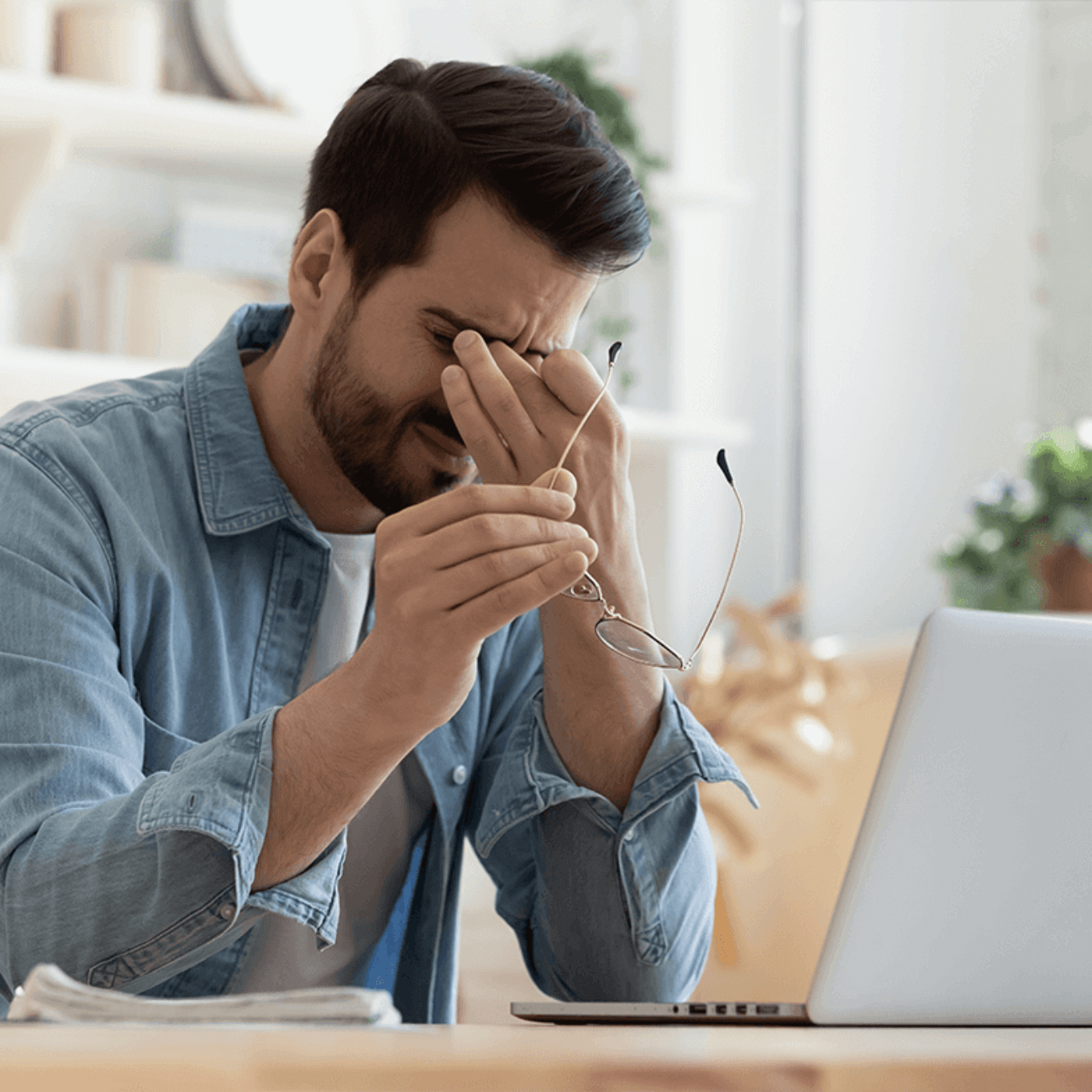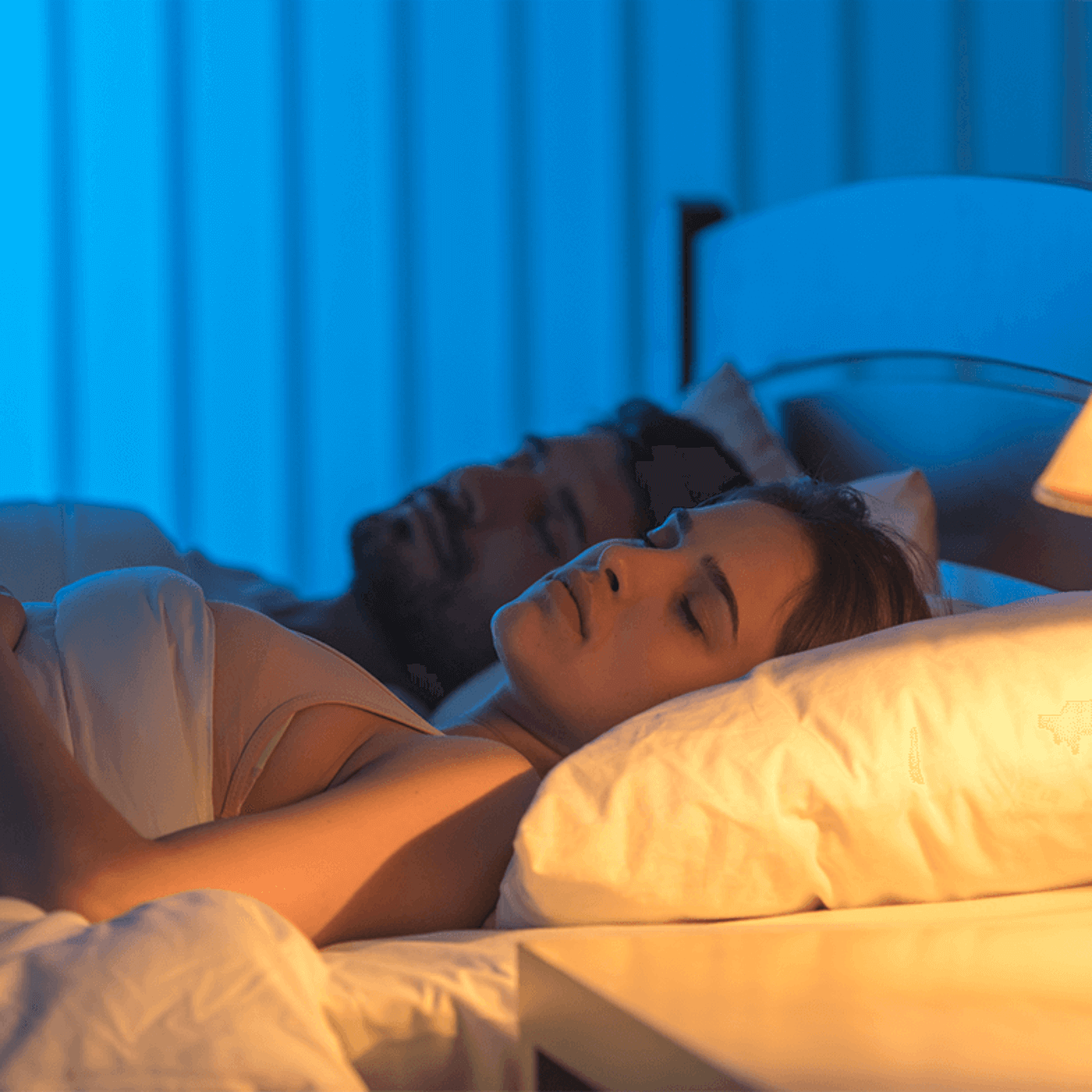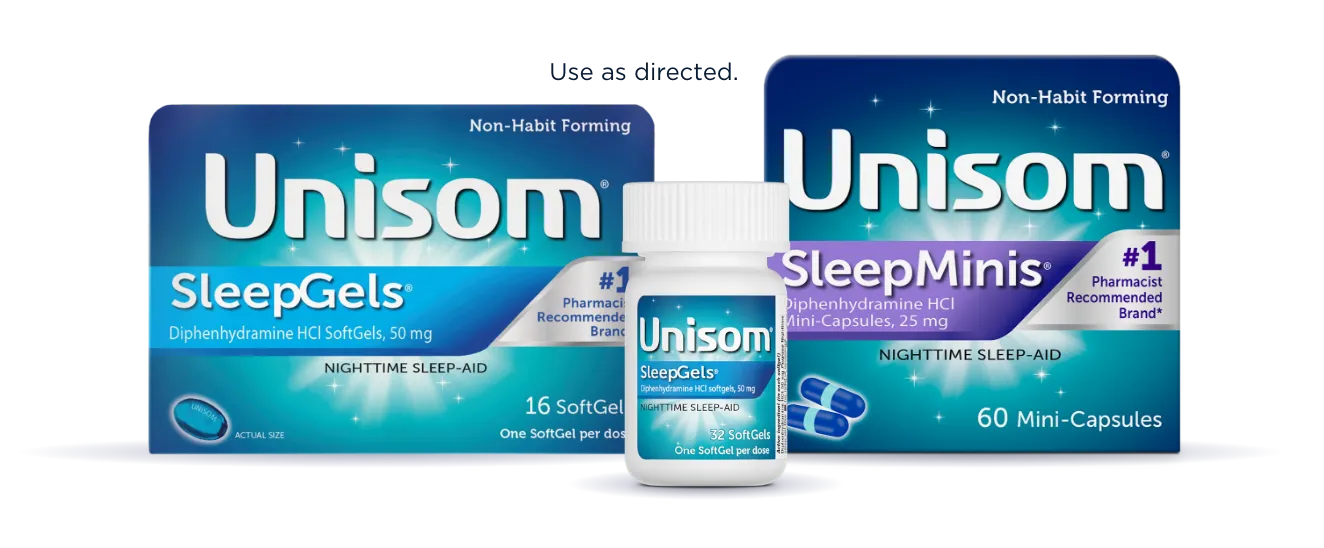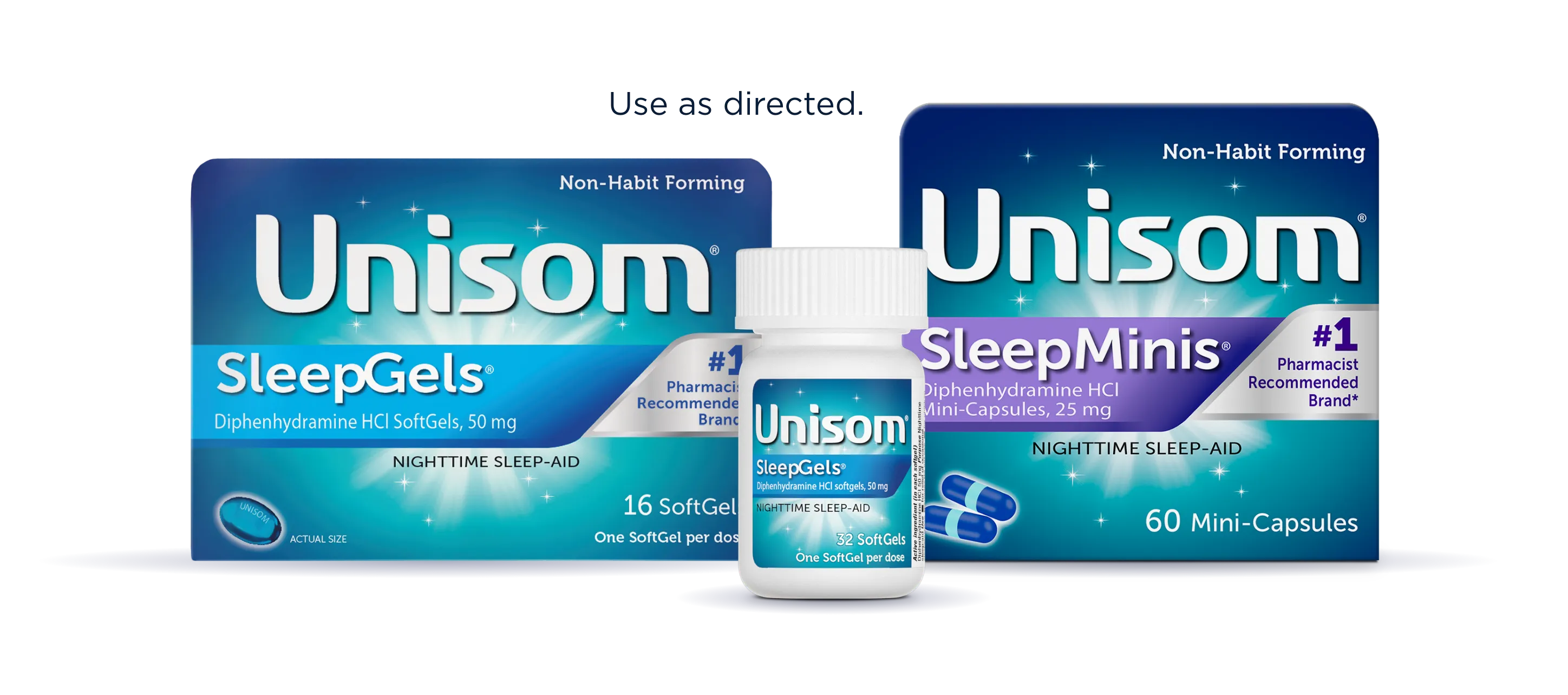There are a variety of possible reasons behind why you might be experiencing difficulty falling asleep at night. If you often find yourself tossing and turning in bed, you may be wondering how long is too long when it comes to falling asleep. Keep reading to discover how much time it should take to fall asleep, as well as tips on how to fall asleep fast for a better night’s rest.
How Long Should It Take Me To Fall Asleep?
Research shows that, ideally, you should be able to doze off in about 10 to 20 minutes.1 If you find that it takes longer than this and sleepless nights are taking a toll on you, you’re certainly not alone. However, consistently having trouble falling asleep could be a sign of a deeper sleep issue that requires some attention. Left untreated, a lack of quality sleep can harm your physical and mental health—including a higher likelihood of injuries or accidents, as well an increased risk of depression, heart disease, hypertension, and memory or concentration issues.
There are many options available to help you fall asleep within an acceptable time frame. When in doubt, though, it’s always best to speak to your healthcare provider about how long it’s taking you to fall asleep (also known as “sleep latency”). The sooner you address what’s keeping you from drifting off to sleep, the sooner you can begin to enjoy a more refreshed, well-rested you.
Is it possible to fall asleep too quickly?
For some, the idea of falling asleep the moment your head hits the pillow may sound like a dream come true. But falling asleep too quickly on a regular basis (in less than eight minutes)2 can also be cause for concern in some cases, as it may point to signs of sleep deprivation, “sleep debt” (a sleep deficit created by sleep deprivation that builds over time), or a sleep disorder. Substances that produce a sedative effect, such as alcohol, may feel like they can lull you to sleep faster, but in reality, can lead to disrupted, lower quality sleep later on in the night.
Why Does It Take Me So Long To Fall Asleep?
If you struggle to catch some shut-eye, take a look at your surroundings and potential influences—there are a number of environmental and lifestyle factors that may be at play. Some of the more common culprits include nighttime disruptors in your surroundings (such as a noisy pet or snoring partner), an underlying physical or mental health issue (such as anxiety, hypertension, depression, or diabetes), or lifestyle influences (like alcohol, nicotine, or caffeine consumption too close to bedtime).
Insomnia, a common sleep disorder, which affects up to 30% of adults worldwide,3 is an ongoing inability to fall asleep and stay asleep—often accompanied by excessive daytime sleepiness. If you suspect that insomnia or an underlying condition may be contributing to your sleep troubles, consult your healthcare provider.
How To Fall Asleep in Minutes
Once you’ve nailed down a list of what may be keeping you up at night, you can begin nixing the disruptors as best you can while establishing a more restful bedtime routine. The most effective techniques to fall asleep fast will vary from person to person, but, in general, the fastest way to fall asleep is by practicing better sleep hygiene (behaviors that consciously promote good sleep). Try some of the below tips to help you drift off to sleep easier.
1. Create a positive sleep environment
According to the National Sleep Foundation’s Bedroom Poll, 93% of people agreed that a comfortable mattress is one of the key elements for a good night’s sleep.5 So, if you want to fall asleep quickly, you’ll need to reassess your sleeping environment and make it as sleep-friendly as possible. You can do this by keeping your room dark, somewhat cool, and quiet, and choosing the right bedding and mattress for your needs. Other ideas include using a sleeping mask to help block out light, white noise machine, or earplugs to minimize noise disturbances. You can also try placing large pillows under your knees to increase comfort and reduce pressure on your back.
2. Follow a consistent, healthy nighttime routine
Signal to your body that it’s time to wind down with a regular bedtime routine. Rather than scrolling through social media or watching an action-filled TV show, try setting up a regular pattern of relaxing activities leading up to bedtime, such as mindfulness meditation, breathing exercises, enjoying a warm bath or shower, or engaging something called your ASMR (an “autonomous sensory meridian response” to soft stimuli, which elicits a tingly feeling from your head downward). Limiting screen time in order to avoid blue light exposure from your TV or smartphone—which can disrupt your body’s natural circadian rhythm—can also help set the scene for a smooth transition into slumberland.
3. Avoid excessive daytime napping
Just like that late-afternoon cup of coffee, taking too many naps during the day may also disrupt your ability to fall asleep (though the elderly, shift workers, or those with narcolepsy may benefit from a short daytime doze). Since you only need a certain amount of sleep each night, taking naps can impact the amount of sleep you will need the following night—therefore decreasing the “sleep debt” (or “sleep deficit”) your body should be craving in the process. Additionally, expert recommendations on sleep hygiene generally recommend limiting naps to no more than 30 minutes in the afternoon only—never the evening—whenever possible.6
4. Go to sleep at the same time each day
A consistent sleep schedule, meaning you wake up and go to bed at the same time each day, can go a long way when it comes to improving your sleep latency. If possible, try maintaining a regular nighttime routine and focus on turning those lights out consistently at the same time—even on weekends. When you wake up, try to avoid spending too much time in bed before beginning your day.
5. Avoid exercise too close to bedtime
Regular exercise has many positive benefits on your overall wellness, including stress reduction and supporting a good night’s sleep. However, if you want to get the most sleep-promoting benefits out of exercise, it’s best to avoid working out in the evening. Since rigorous exercise gets your endorphins flowing, heart pumping, and stimulates your nervous system, it can make it more difficult to fall asleep afterwards. Be sure to give your body enough time between exercising and bedtime to fully wind down physically.
6. Reset after 20 minutes
If you’re someone who restlessly stares at the clock and stresses over not being able to fall asleep, try not looking at the time and taking a moment to reset whenever needed. Many experts agree that if you can’t drift off after 20 minutes or so, it’s best to get out of bed and shift your focus for a bit. Try to avoid watching TV or browsing through your phone during this time—tempting as it might be. Simply sit quietly in the dark or engage in a calming activity, like reading a hardcopy book or listening to soft music, until you feel ready to return to bed. It’s best to keep your bed reserved strictly for sleep and intimate activities only.
Rest Assured
Now that you have some tips on how to fall asleep in 20 minutes, give or take, you may be wondering what other options are available to you for occasional sleeplessness. As the #1 pharmacist- and doctor-recommended OTC sleep-aid brand, you can count on us here at Unisom® to help you fall asleep faster and wake up feeling refreshed. Here are some options to consider.
Unisom® SleepGels® contain the histamine blocker diphenhydramine HCl. Blocking histamine production can help you fall asleep faster and stay asleep.
Unisom® SleepTabs® contain doxylamine succinate, which is a clinical-strength histamine blocker that works in a similar fashion to diphenhydramine. Unisom® SleepTabs® can help you fall asleep 33% faster and get a full night's sleep.
Find the Unisom product that’s right for you and download the Unisom Sleep Diary.
|
† These statements have not been evaluated by the Food and Drug Administration. This product is not intended to diagnose, treat, cure or prevent any disease. |
This article is not a substitute for medical advice. Unisom is only intended to help with occasional sleeplessness. If you are suffering from ongoing sleep concerns, seek the help of a medical professional.
Professional References
1. D. Thomas, W.M. Anderson. “Multiple Sleep Latency Test (MSLT).” Editor(s): Clete A. Kushida, Encyclopedia of Sleep, Academic Press, 2013, Pages 96-99, ISBN 9780123786111, https://doi.org/10.1016/B978-0-12-378610-4.00146-7.
2. Dauvilliers, Yves, and Alain Buguet. “Hypersomnia.” Dialogues in clinical neuroscience vol. 7,4 (2005): 347-56. doi:10.31887/DCNS.2005.7.4/ydauvilliers
3. Bhaskar, Swapna et al. “Prevalence of chronic insomnia in adult patients and its correlation with medical comorbidities.” Journal of family medicine and primary care vol. 5,4 (2016): 780-784. doi:10.4103/2249-4863.201153
4. Burman, Deepa. “Sleep Disorders: Insomnia.” FP essentials vol. 460 (2017): 22-28.
5. National Sleep Foundation. “2012 Bedroom Poll.” Sleep Foundation, 1 Dec. 2021.
6. Merck. “Sleep Hygiene.” Merck Manual, 2021.
Related Articles
†These statements have not been evaluated by the Food and Drug Administration. This product is not intended to diagnose, treat, cure or prevent any disease.
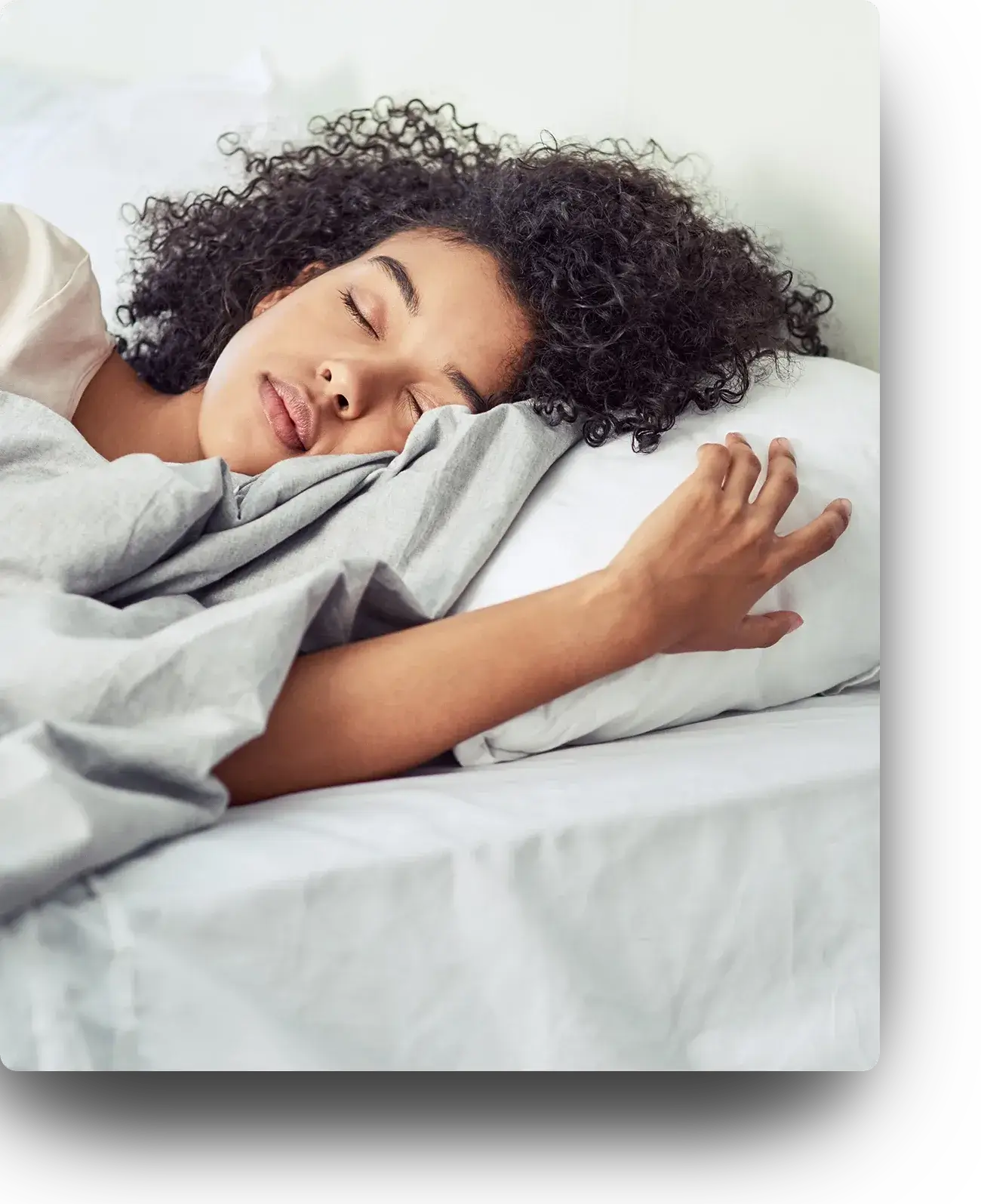
.png)


